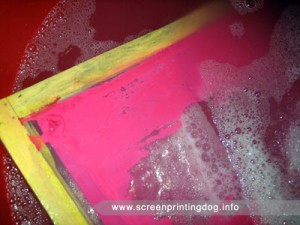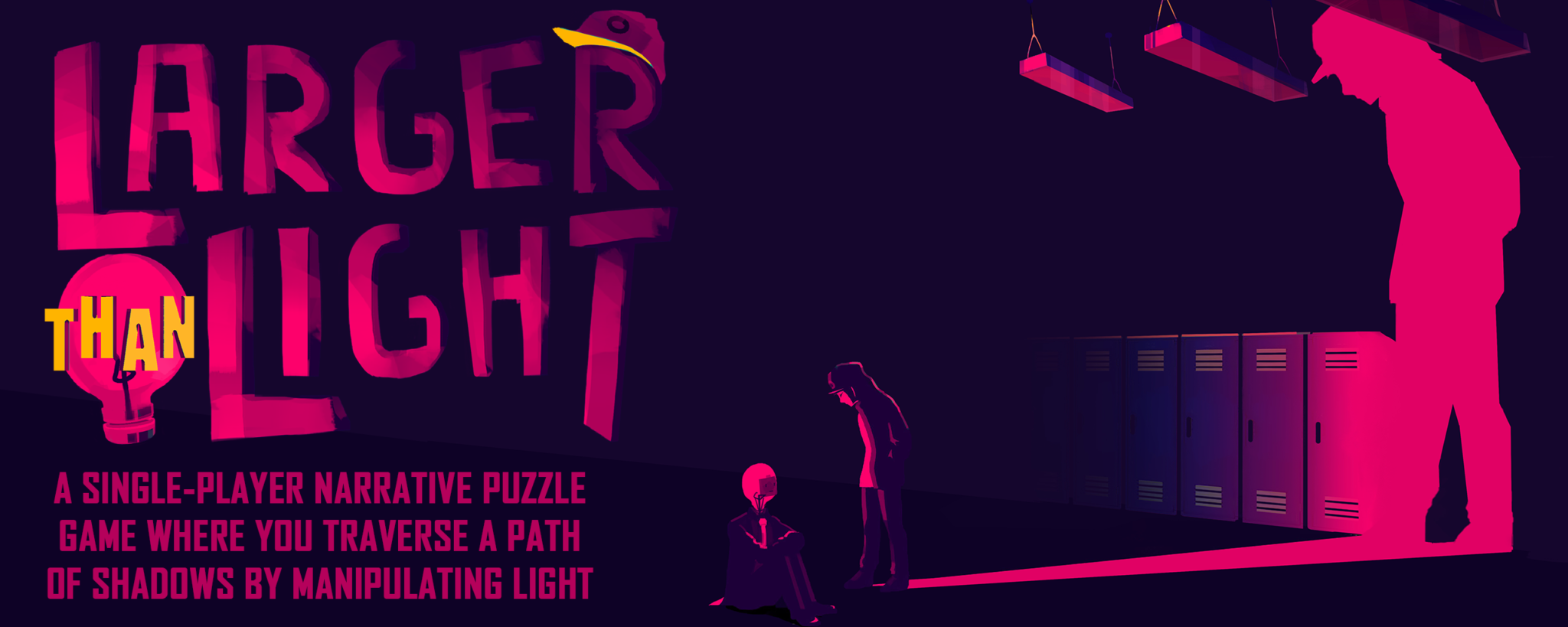

Do not spray excessively, just enough to hold the film in place. Use a spray adhesive to glue the film on top of the screen, making sure to leave some space around the margins of the film. If you’d prefer not putting any type of weight on top of your screen or don’t have glass or plexiglass available, then you could opt to use spray adhesive instead.The glass or plexiglass will ensure that the film stays in place while allowing light to pass through to the film and the book or similar support underneath will ensure that the screen will not endure much pressure from the weight of the glass on top. Then, place a large piece of glass or transparent plexiglass on top of the film. You can place a large book or similarly shaped support underneath the screen, and on top of the screen place your film with your design front face down.There are two main ways that you can expose your images using sunlight:

The sun is a powerful light source and it won’t cost you a thing! Take care that you don’t expose the screen to too much indoor lighting before you place the film on it, ready for exposure. There are many tutorials out there that suggest exposing your design indoors with a lightbox or some high intensity light bulbs, but the easiest option is to expose your design using sunlight. Once you have your screen and design printed on film ready, it’s time to prepare for exposure. The solid black should totally block out the light so as to produce a clear and detailed image. In order to ensure a clear and detailed design, make sure that your design is printed on high quality transparent film with solid black ink. This means that if your design allows even a small amount of light to pass through somewhere it shouldn’t, then the design may not appear as clear or as detailed as you’d like it to be. It’s important to remember that photosensitive emulsion is sensitive to light. Once dried, you can then begin transferring your design onto the screen.

Humidity should ideally be somewhere between 30 and 40%, so some ventilation is important, but so too is the need to keep dust off the screens as they dry. The screen, once coated with emulsion, is typically dried overnight in a dark room or container. You can do this yourself or you can purchase screens that already have emulsion on them. How much time is needed to expose a design? Do you need to build a lightbox? How should you wash the emulsion off? These are the questions we’ll try to answer in this post.īefore anything else, you’ll need a screen that has been coated with a thin, even layer of photosensitive emulsion. The process of exposing your design on a screen seems simple enough, but the practicalities of it can be a little confusing, especially for those who are new to screen printing. The result after washing out the screen is your design appearing as a clear area on the screen, with the rest of the screen blocked out by the emulsion! Wherever the light is blocked by your design printed on the film, the emulsion will remain water-soluble and can thus be easily washed off. The idea is that the photosensitive emulsion reacts under the light, causing it to cure hard and bind to the screen mesh. This is easily achieved by applying a photosensitive emulsion on a blank screen, letting it dry overnight in the dark, and then exposing it to the light with your design (printed in black on a piece of transparent film) placed right on top of it.


 0 kommentar(er)
0 kommentar(er)
